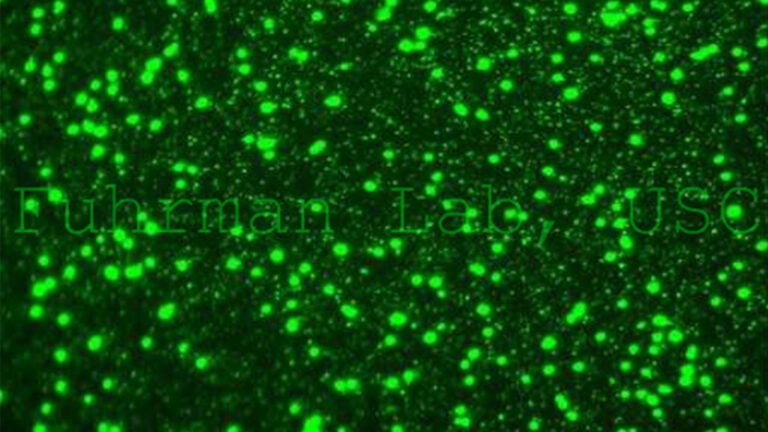Ongoing Projects
Recent Work and Data Availabilty
An overview of recent work in our lab can be found on this poster from the 2022 Marine Microbes Gordon Conference.
Much of the lab’s published data is publicly available through BCO-DMO.
Archival Projects
-
To study how anthropogenic inputs affect the microbial community composition and function, we analyze samples from the Port of Los Angeles, with from the SPOT site and also a nearshore site near Catalina Island as minimally impacted controls. Using a variety of tools, we are assessing the resistance of the naturally occurring community to pollutants like heavy metals and various aromatic hydrocarbons.
We also apply a cutting edge combination of Stable Isotope Probing (SIP) and high throughput sequencing to reveal which of the community members can metabolize pollutants and incorporate them into their biomass, directly linking diversity and function.
-
We have fully sequenced one such culture, named Candidatus Nitrosomarinus catalina SPOT01, a novel strain that is less warm-temperature tolerant than other cultivated Thaumarchaeota. Using metagenomic recruitment, strain SPOT01 comprises a major portion of Thaumarchaeota (4–54%) in temperate Pacific waters.
We are currently investigating archaeal global distributions and virus infectivity, among other aspects.
Reference: Ahlgren et al. 2017
-
A major issue in microbial ecology research is how to best cluster similarly-functioning related organisms together and how to split ones that are related but ecologically different. This is essentially trying to define ecological species. While microbiologists frequently use marker genes and apply standard cutoffs of similarity, e.g. 99% similar 16S rRNA (or, 97%, which we consider too coarse), it is not clear what levels are truly most appropriate for ecological research, and how it may differ depending on the environment and scientific questions at hand.
By taking advantage of the most recent sequencing capabilities, and combining time-series data and information from the literature and major databases, we are able to address questions relating to suitable genes for study and the level of resolution needed to relate diversity to ecological processes without excessive lumping or splitting. These are not expected to be the same for all questions and for all organisms. For example, we expect that resource utilization may be studied at a coarser sequence resolution than viral susceptibility. This work uses both marker genes and metagenomes.
Reference: Needham et al 2017
